|
Ros
Davies' Co.
Down, Northern Ireland Family History Research Site
© Rosalind Davies 2001 Permission granted to reprint research for non-profit use only |
Old photos of various railway stations in Co. Down
| Ardglass station | Ballyroney Station | Ballyward station | Banbridge station | ||
| Castlewellan Station | Comber Station | Katesbridge station | Saintfield |
|
|
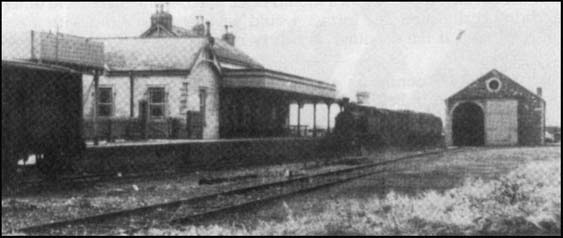 |
| References; RM p 30; LM 1994 p19-21 |
|
This Railway Station served the whole district including the large town of Rathfriland, 5 km away. The monthly fair in Rathfriland saw droves of cattle and potatoes unloaded here. Baker's vans waited early in the morning for the bread from Belfast. Three bus companies picked up passengers mainly for Rathfriland. The line closed in 1955. |
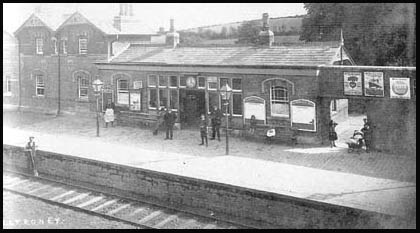 |
|
Rear of disused Ballyward Station & platform with The Cabin in the distance. |
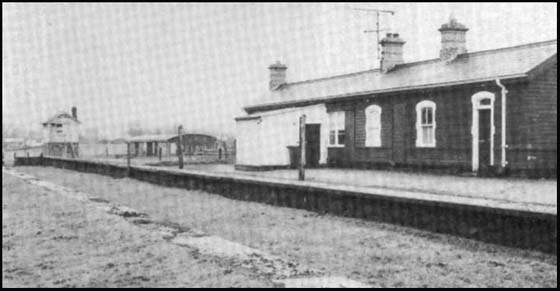 |
| References;RMp49;DR 8/2/2012 p43 ; MO 23/4/2014 p37 |
|
The Scarva branch train arrives at Banbridge Station.RM p 47. |
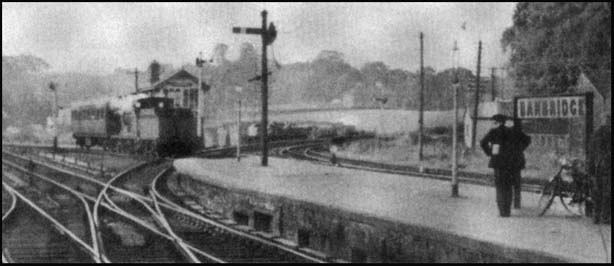 |
|
Castlewellan Railway Station c. 1890 (DR 27/3/1967R) |
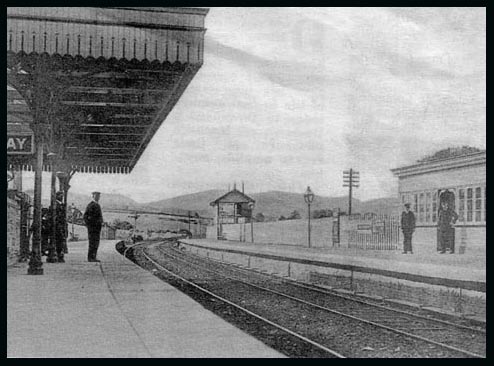 |
|
Comber Railway Station (TOOC p63-68 & ACOC p29,73) The first train ran in 1850 with 5 trains a day to Belfast. Closed 1950 |
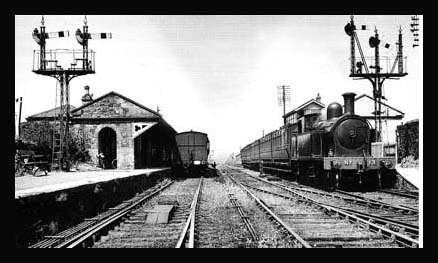 |
|
The Great Northern Railway- Katesbridge Railway Station with
the Newcastle bound train leaving the station. |
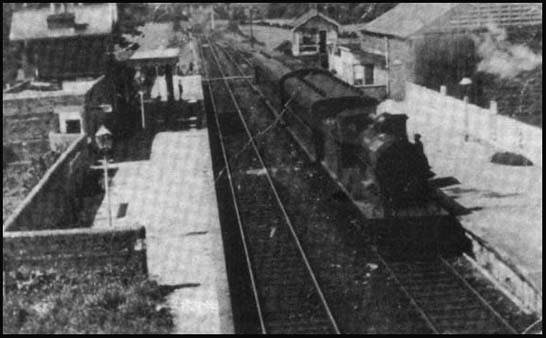 |
|
Saintfield railway station for the BCDRailway with Mr. James
Black in the foreground. C.M. Minnis |
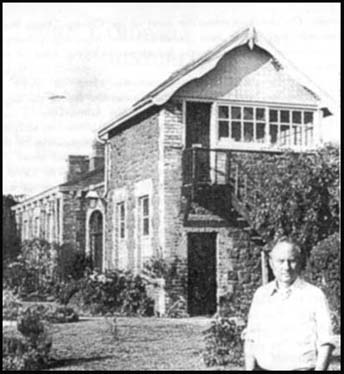 |
Other Railway Station photos available
| Name of Station | what's available | References; |
| Ballynahinch | b/w showing station, diesel electric engine | OBLS p45-46 |
| Ballynahinch Junction | established 1858; c. 1914 with group of drivers & other works | BIT p17, 19 |
| Ballynahinch Junction | 1930s with two locomotives at the platforms | BIT p18 ; OBLS p47 |
| Knock Station, east Belfast | showing platform, loco and Campbell's Bridge | ACC p72, 73 |
| Newtownards | b/w showing platform | ON p23 |
| Sydenham, Holywood | b/w photo from 1920 showing platform & footbridge | ACS p145 |
| Tullymurry Station , Down | near Downpatrick; b/w photo available | MO 9/4/2014 p45 |
Click
here to return to Railways of Co. Down articles
Click here
to return to a railway story in Newcastle
by Ros Davies